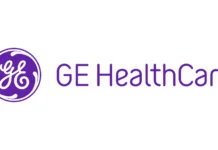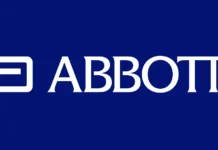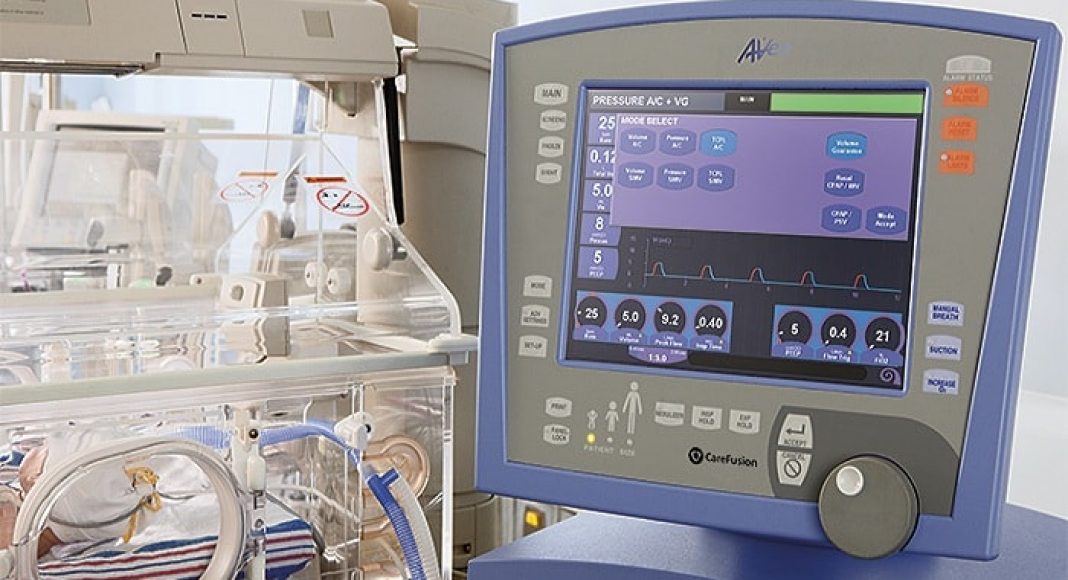Efficacy of neonatal ventilators in reducing infant mortality continues to drive their adoption in healthcare settings, finds a new Fact.MR study. Global sales are likely to surpass 19,000 units in 2018, equating a market value of over US$ 440 Mn. End-users continue to show a marked affinity for hybrid neonatal ventilators that offer the advantages of both invasive and non-invasive variants.
The neonatal ventilator landscape continues to be massively influenced by advances in automation and integration of technology. To create product differentiation, manufacturers are focusing on equipping their offerings with enhanced safety features, and compatibility with electronic record systems.
The report Neonatal Ventilator Marketfinds that infant-to-adult ventilators remain an appealing prospect for end-users, but these devices are beset with challenges. The one-size-fits-all approach of infant-to-adult ventilators manufacturers continues to impede widespread adoption. Infant-to-adult ventilator manufacturers are focusing on enhancing patient safety to leverage the opportunities in this landscape. Features such as prioritized alarm messages, customized data displays, and automated weaning software being incorporated by end-users.
Request Sample of this Report @
https://www.factmr.com/connectus/sample?flag=S&rep_id=758
Improving efficiency and reducing the overall cost of care is a key focus area for hospitals, clinics, and ambulatory surgical centers. Sensing the needs of end-users, infant ventilator manufacturers are focusing on developing innovative products that deliver invasive, non-invasive, and oxygen therapy. However, the report finds that ventilator manufacturers need to address the specific challenges associated with neonatal ventilation, such as smaller inspiratory volumes, quick gas flow changes, and protection against high airway pressures.
The report finds that end-users have a marked preference for standalone neonatal ventilator devices, vis-à-vis portable and transportable devices. Sales of standalone neonatal ventilator devices are likely to reach US$ 229 Mn in 2018, whereas transportable neonatal ventilator devices are likely to account for the lowest market share.
Demand for neonatal ventilators will continue to remain robust in hospitals, followed by nursing homes and neonatal clinics. Hospitals account for nearly 45% revenue share of the market, and it is likely that status quo will remain unchanged during the assessment period. However, demand for neonatal ventilators is likely to witness the fastest growth in neonatal clinics. The report finds that in spite of growing at a higher rate, neonatal clinics will not surpass hospitals as the largest end-user globally by 2028.
Request for Discount on this Report @
https://www.factmr.com/connectus/sample?flag=D&rep_id=758
The US continues to be the largest market for neonatal ventilators globally. The report finds that in addition to being a lucrative market in terms of sales, the country is also the hub of research, innovation, and regulation. The US neonatal ventilator marketplace remains highly regulated with FDA recalling faulty products from the market. The dominance of the US in North America’s neonatal ventilator market can be gauged from the fact that it accounts for nearly 83% revenue share of the North American neonatal ventilator market. On the back of strong demand in the US, the North America neonatal ventilator market is likely to reach a valuation of over US$ 163 Mn in 2018.
Manufacturers can expect a steady stream of opportunities to emerge from developing countries in Asia Pacific, as years of economic growth has led to a strong emphasis on revamping the healthcare system. In terms of revenues, Asia Pacific excluding Japan (APEJ) is likely to maintain its position as the third largest market for neonatal ventilators globally.



















